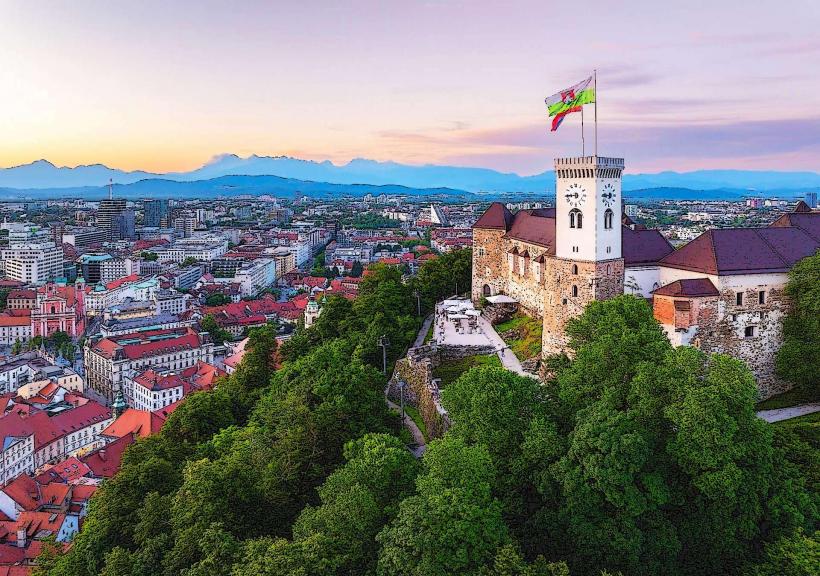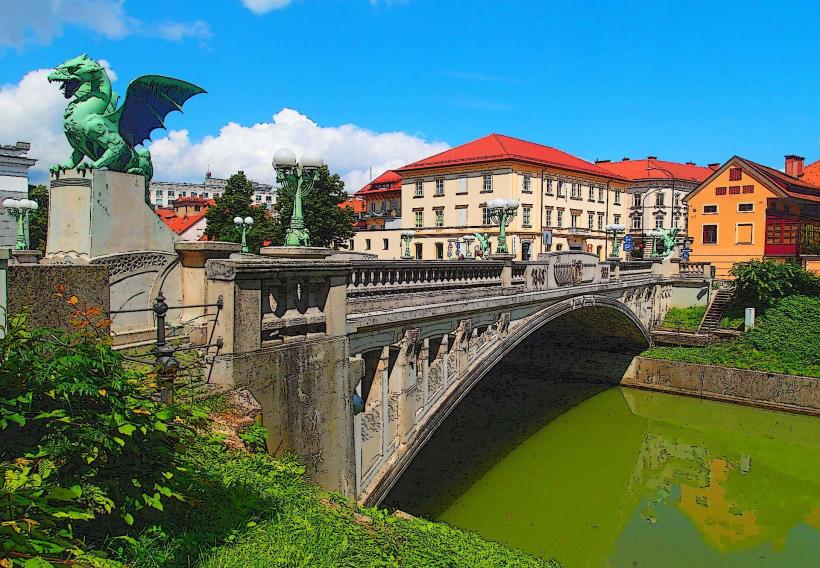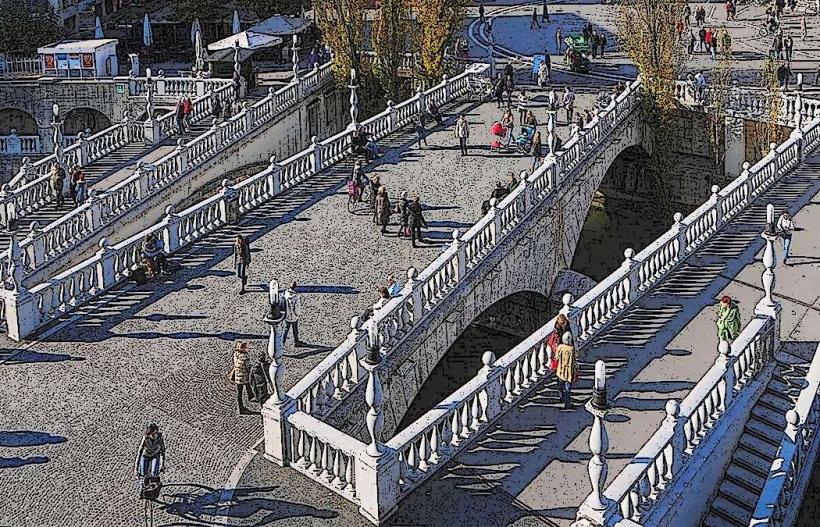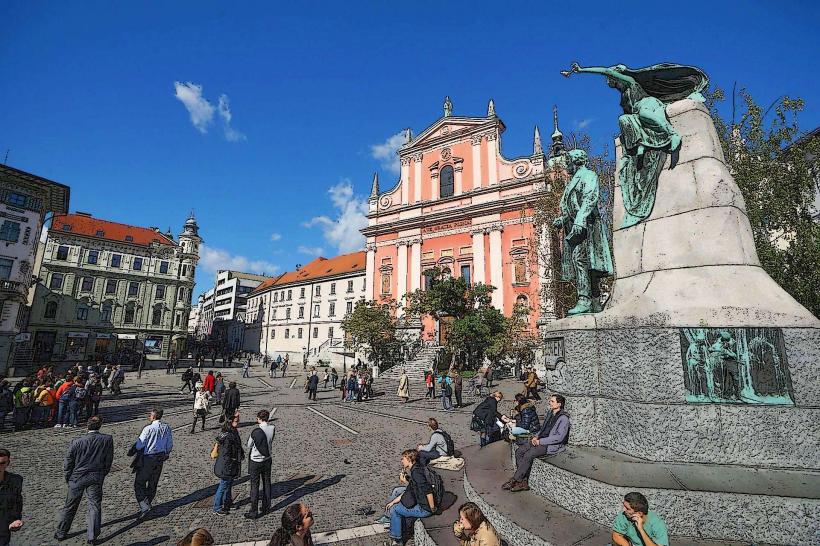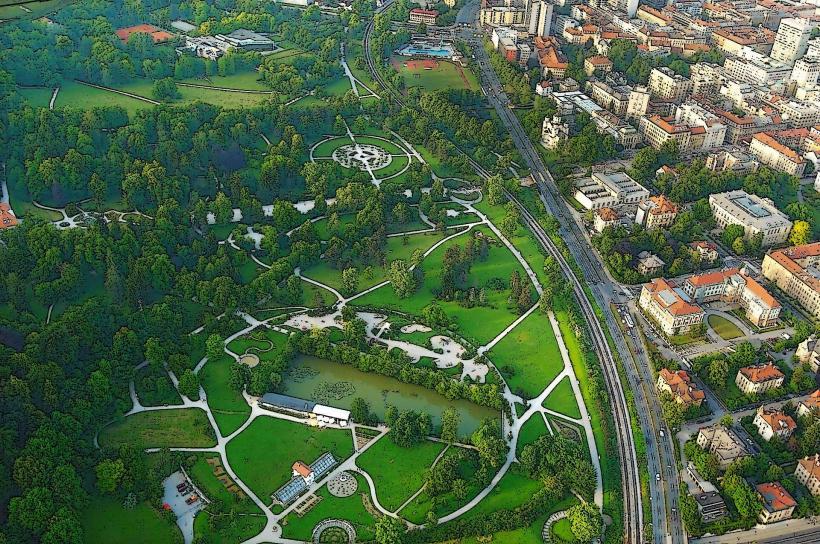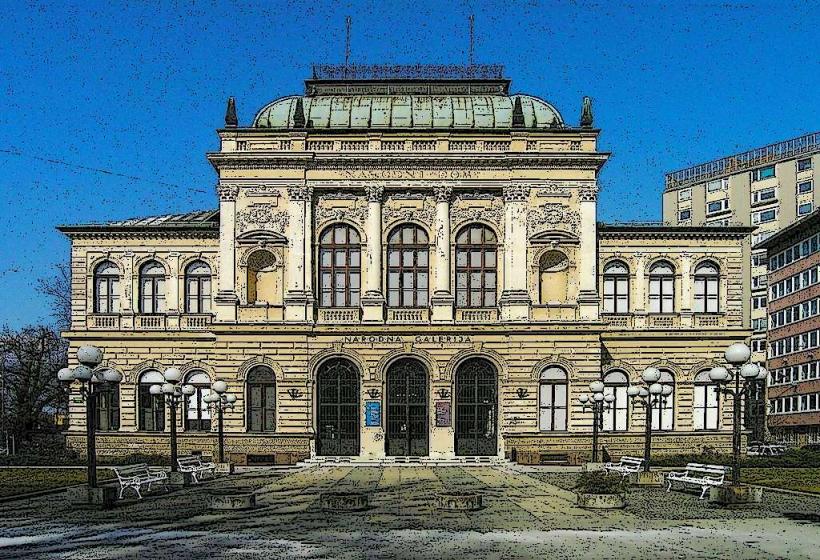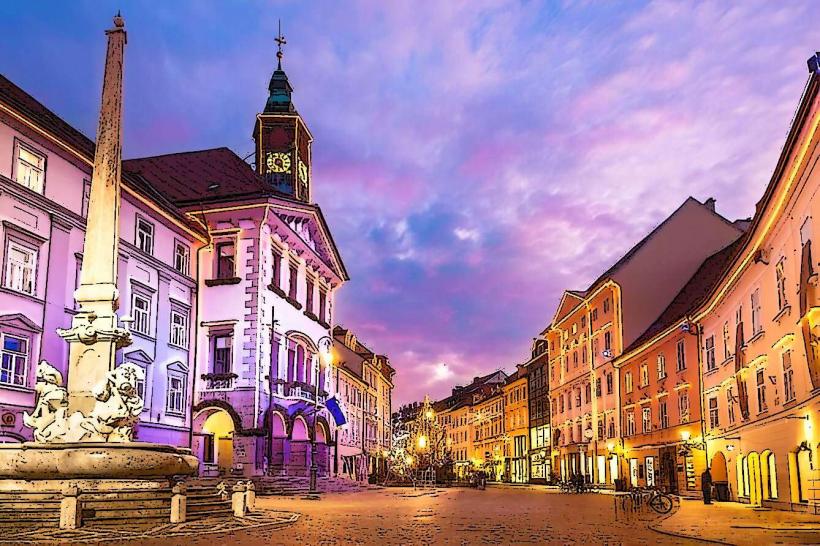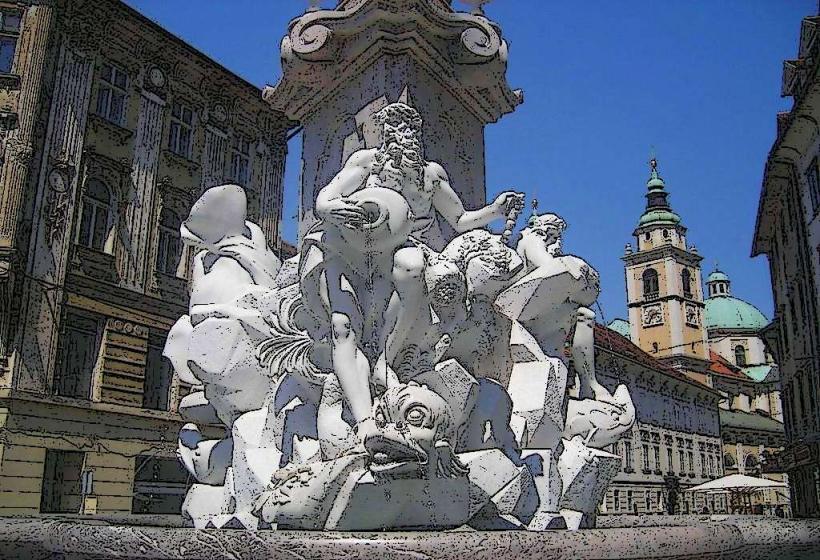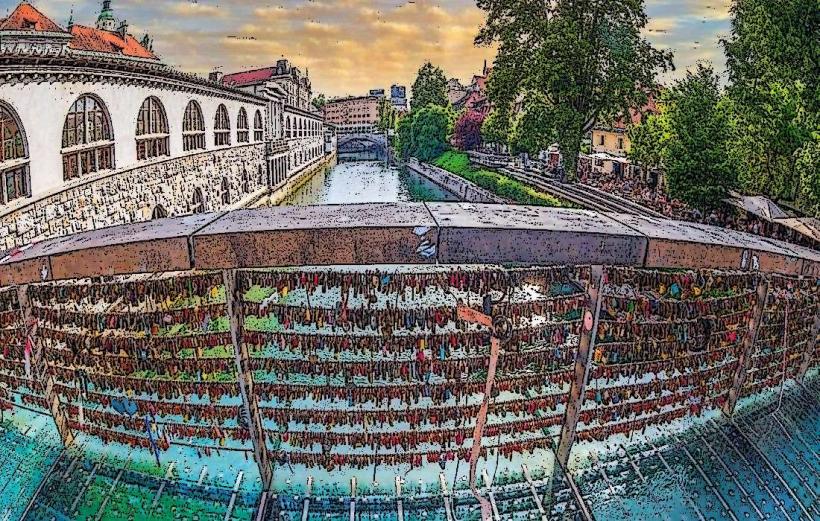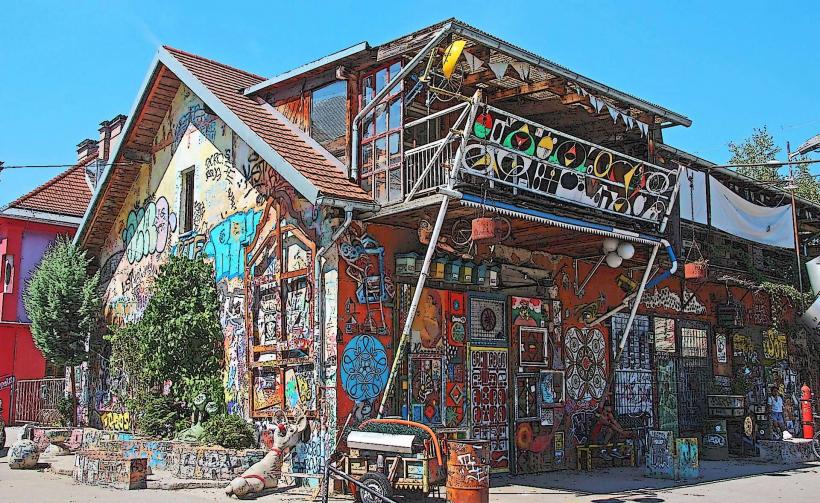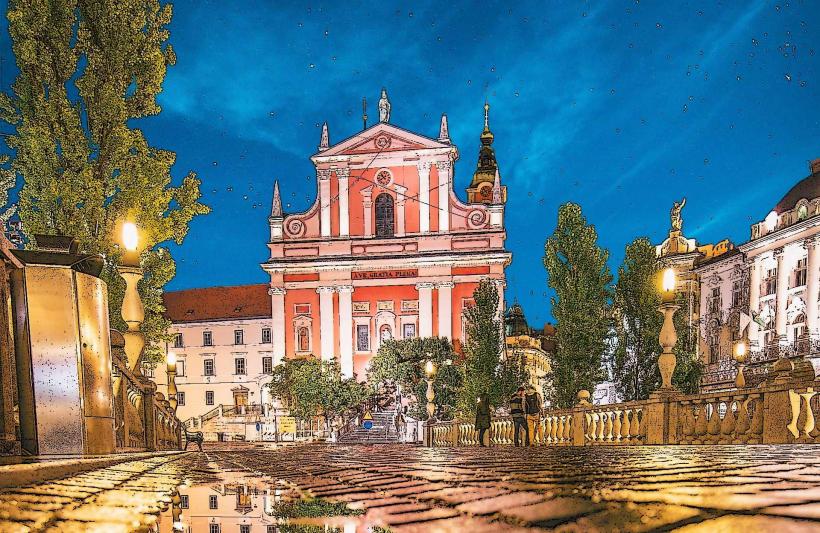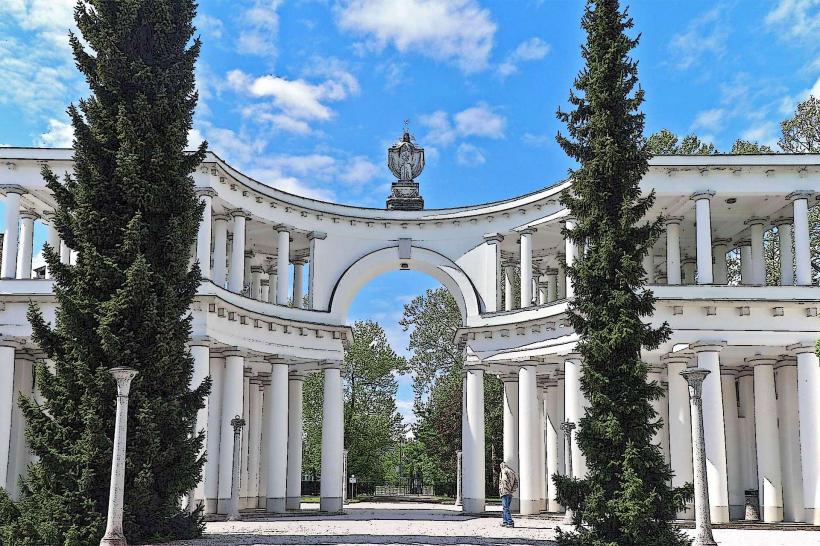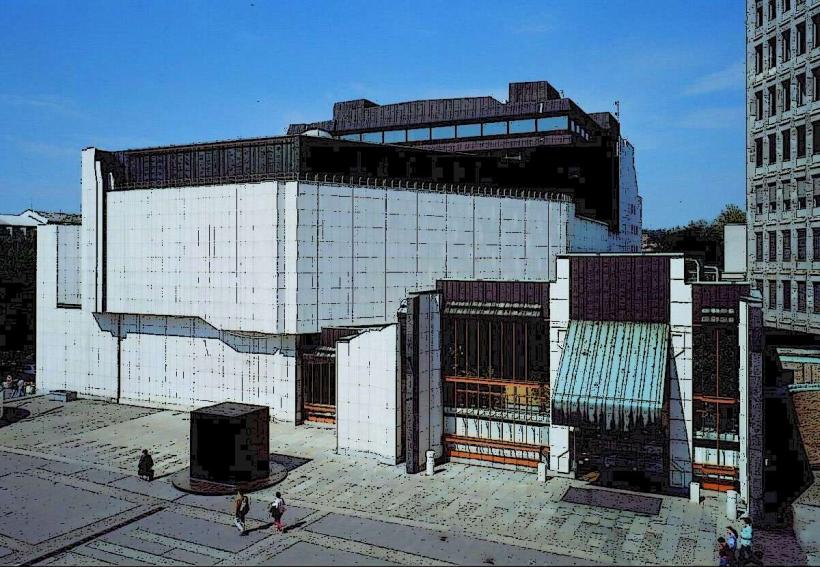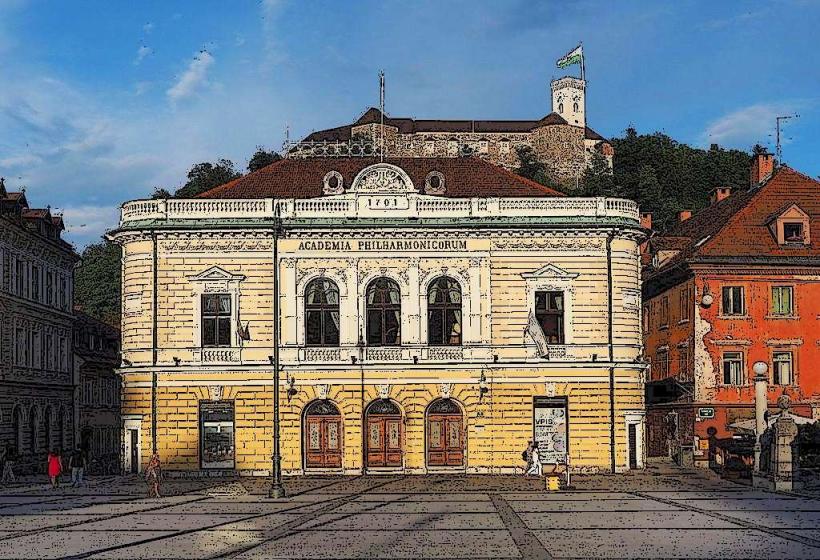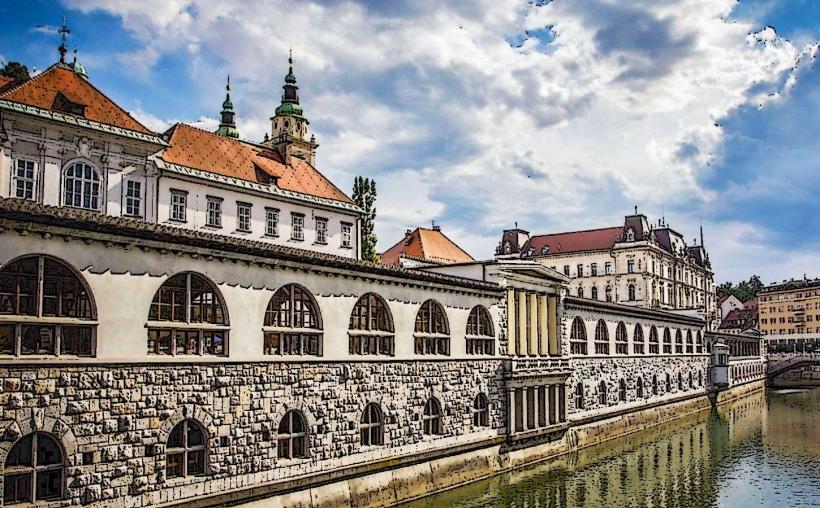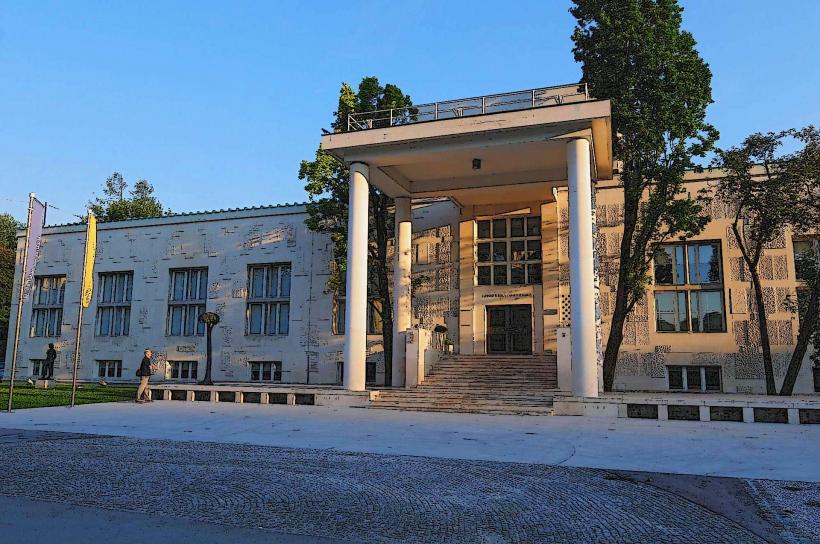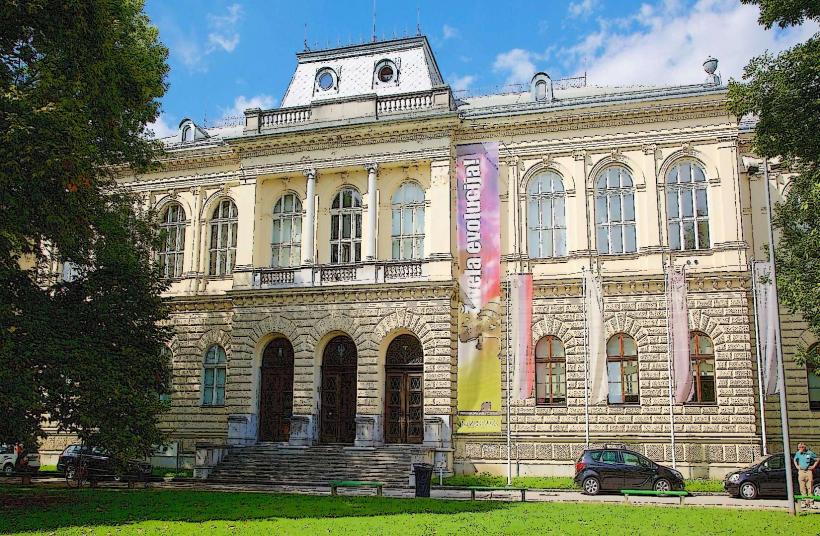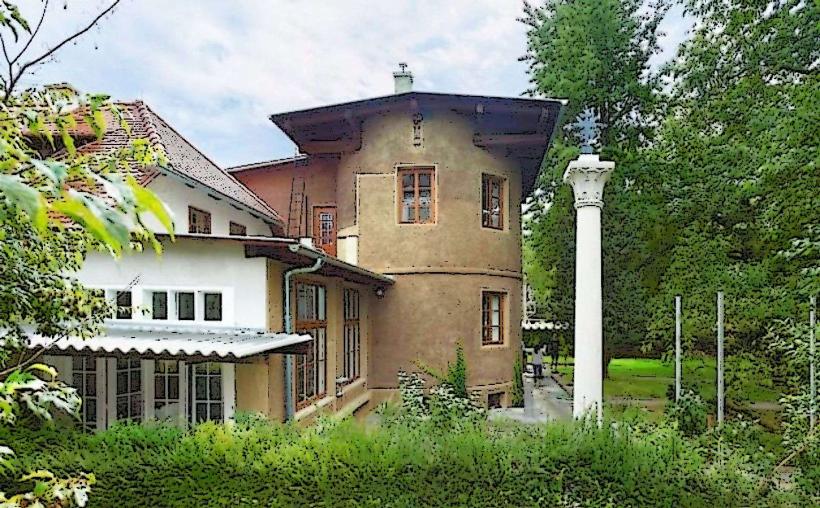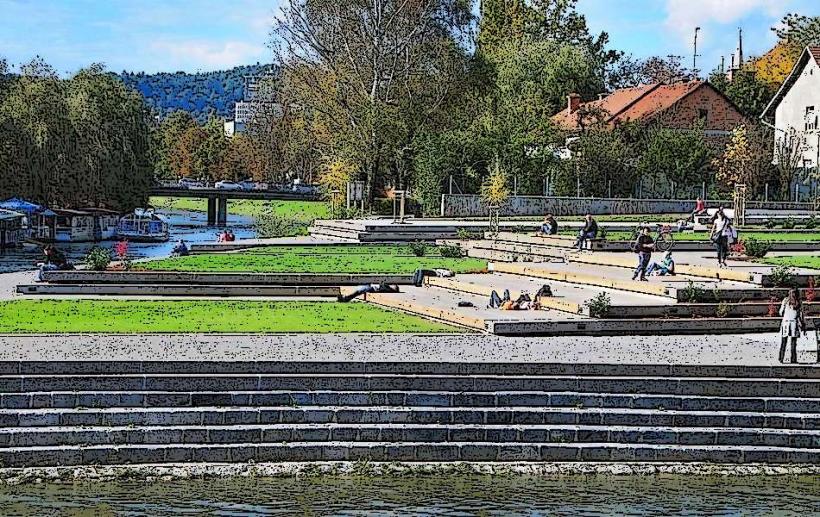Information
Landmark: Ljubljana CathedralCity: Ljubljana
Country: Slovenia
Continent: Europe
Ljubljana Cathedral (Stolnica sv. Nikolaja or Cathedral of St. Nicholas) is one of the most important and iconic religious structures in Ljubljana, Slovenia. Located in the heart of the city's historical center, the cathedral stands as a symbol of the Catholic faith in Slovenia and a prime example of Baroque architecture. With its beautiful exterior and richly decorated interior, Ljubljana Cathedral remains a key landmark for both locals and tourists.
General Overview
Name: The full name of the cathedral is St. Nicholas' Cathedral, or Cathedral of St. Nicholas (Slovene: Stolnica sv. Nikolaja).
Location: Situated in the old town of Ljubljana, the cathedral is set at the intersection of St. Nicholas Square (Stari trg) and Ciril-Metodov trg. It is located near other major landmarks such as Prešeren Square and the Ljubljanica River.
Denomination: Catholic Church
Function: The cathedral serves as the archdiocesan seat of the Archdiocese of Ljubljana and is the primary church for the Roman Catholic community in the region.
History and Construction
Early Origins: The original church on the site of Ljubljana Cathedral dates back to the 12th century. It is believed that a Romanesque church was first built during the 12th century, dedicated to Saint Nicholas, the patron saint of Ljubljana. The church underwent several renovations and reconstructions over the centuries.
Reconstruction: The cathedral as it stands today was constructed between 1700 and 1743 during the reign of the Habsburg Monarchy. The project was initiated by Emperor Charles VI and carried out under the direction of architect Andrea Pozzo, who was responsible for its Baroque design.
Consecration: The cathedral was officially consecrated in 1706, though the final work on the interior continued until the mid-18th century.
Architectural Style: The Ljubljana Cathedral is an outstanding example of Baroque architecture. It combines elements of early Baroque with late Baroque influences. The grand, symmetrical layout of the building, the lavish decoration, and the use of color and light are characteristic of this style.
Architecture and Design
Exterior
Facade: The cathedral’s facade is one of the most recognizable features of its architecture. The Baroque facade is dominated by a central bell tower, which stands tall and can be seen from many parts of the city. The design includes two columns that frame the entrance, creating an impression of grandeur. The main door is adorned with statuary of saints, including St. Nicholas, St. John the Baptist, and St. Mary, who are depicted in classical poses. These sculptures were created by notable Slovenian sculptors like Francesco Robba.
Bell Tower: The bell tower, standing at around 23 meters tall, is topped with a dome and is a dominant feature of the city skyline. The tower houses several bells, the largest of which weighs 5 tons. The bells can be heard ringing on major occasions, such as religious festivals and national holidays.
Dome: The cathedral’s dome is one of the architectural highlights. It is relatively small compared to other European cathedrals but still striking with its elegant curves and decorative elements. It contributes to the overall harmony of the building’s design.
Interior
Altars and Decoration: The interior of the cathedral is richly decorated with Baroque altars, paintings, sculptures, and stucco work. The cathedral’s main altar features a painting of St. Nicholas, and the altarpiece is an impressive work that captures the essence of Baroque art and religious symbolism.
Ceiling Frescoes: The most stunning feature of the interior is the frescoed ceiling, painted by Matevž Langus in the early 19th century. These frescoes depict scenes from the life of Christ and various biblical figures, creating a sense of divine grandeur above the congregation.
Pulpit: The cathedral’s pulpit is another notable feature, designed by Francesco Robba, the famous Slovenian sculptor. It is decorated with intricate carvings and gold leaf, which makes it a magnificent example of Baroque craftsmanship.
Organ: The organ inside the cathedral is a significant feature of the church’s musical heritage. The current organ, installed in the late 18th century, is a fine example of Baroque organ craftsmanship and is used for various liturgical celebrations and concerts.
Side Chapels: Along the walls of the cathedral are several side chapels, each dedicated to different saints and containing altars, paintings, and sculptures. The chapels are decorated in a similar Baroque style, with elaborate stucco work and gilded details.
Crypt
- Crypt of St. Nicholas: Beneath the cathedral lies a crypt, which holds the remains of various notable figures. The crypt is an important part of the cathedral, both architecturally and historically, as it has served as the final resting place for local bishops and dignitaries.
Religious and Cultural Importance
Religious Role: The cathedral is the main place of worship in Ljubljana for Catholic services, including Mass and important liturgical events. It is also the location for significant ceremonies, such as the annual St. Nicholas Day celebration, Christmas Mass, and Easter services.
Architectural Heritage: Ljubljana Cathedral is an important architectural and cultural landmark in Slovenia. It stands as one of the best examples of Baroque design in the country and serves as a symbol of the Catholic Church’s longstanding influence in the region.
Tourist Destination: As one of Ljubljana’s top tourist attractions, the cathedral attracts thousands of visitors every year. Tourists and pilgrims come to admire its architectural beauty, rich history, and the sense of serenity it offers.
Cultural Events: The cathedral is also used for cultural events such as classical music concerts, where the cathedral’s acoustics and the majestic organ are featured. These concerts are an opportunity for locals and visitors alike to experience the cathedral in a different light.
Visitor Information
Opening Hours: Ljubljana Cathedral is generally open to visitors every day, although Mass services and other religious ceremonies may affect visiting hours. It is advisable to check the specific timings before planning a visit.
Admission: Entry to the cathedral is usually free of charge, but there may be a small fee for specific services, such as visiting the bell tower or participating in certain events.
Accessibility: The cathedral is easily accessible by foot from most central locations in Ljubljana. It is located in a pedestrian zone, so visitors will enjoy walking through the charming old town to reach the church.
Guided Tours: The cathedral offers guided tours that provide in-depth information about its history, architecture, and art. These tours are available in several languages, making it accessible to international visitors.
Conclusion
The Ljubljana Cathedral stands as a testament to the city’s rich religious and architectural heritage. Its Baroque grandeur, artistic beauty, and spiritual significance make it one of Ljubljana’s most treasured landmarks. Whether you are visiting for a religious service, admiring the art and architecture, or simply seeking a peaceful retreat in the heart of the city, the cathedral offers a unique and enriching experience for all who visit.

